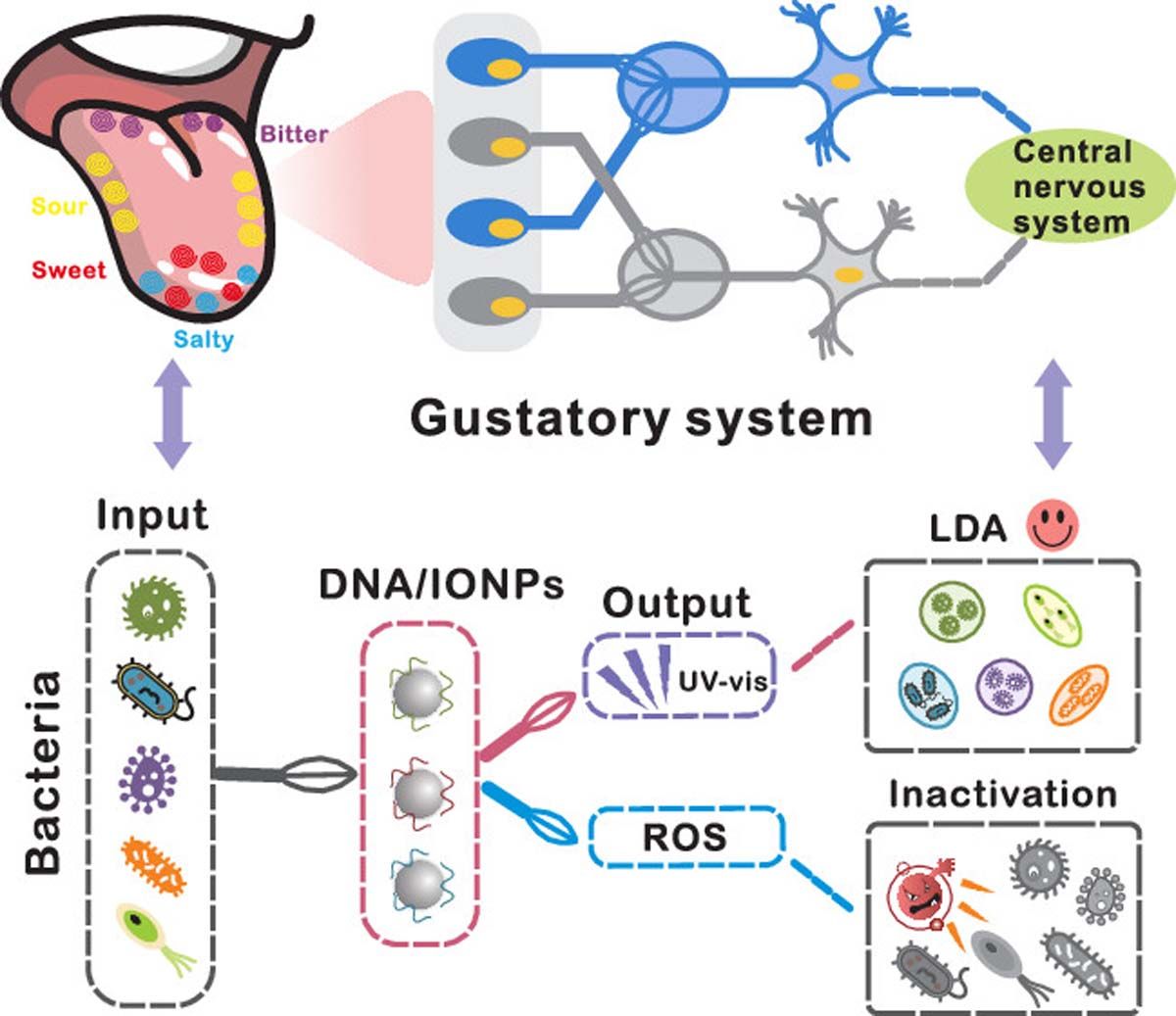Artificial Tongue Detects and Inactivates Common Mouth Bacteria According to New Study
This device is capable of not only finding oral bacteria but also eliminating it, making it a potential technology in the fight against various bacterial dental diseases in the future.
Artificial Tongue Detects and Inactivates Common Mouth Bacteria According to New Study

Researchers have unveiled an "artificial tongue" capable of detecting and inactivating common disease-causing dental bacteria. The study, titled "Enhanced 'Electronic Tongue' for Dental Bacterial Discrimination and Elimination Based on a DNA-Encoded Nanozyme Sensor Array," was published in ACS Applied Materials & Interfaces.
Mouth-related issues, from the discomfort of plaque to the embarrassment of halitosis, often stem from bacterial activity. The challenge lies in identifying and treating these microorganisms effectively. Traditional methods involve time-consuming processes like culturing or DNA marker detection, which can be expensive. In response, the researchers behind this study explored a more accessible solution: an artificial tongue equipped with a chemical sensor array.
The researchers incorporated a nanozyme—a nanoscopic particle mimicking natural enzymes—constructed from iron oxide particles coated with DNA strands according to a press release from ACS Applied Materials & Interfaces. The system demonstrated its effectiveness when hydrogen peroxide and a colorless indicator were introduced into the solution, causing a color change. Bacteria adhering to the DNA altered the nanozyme's reactivity, resulting in unique color signals for each type of bacteria. This innovative approach successfully identified 11 different dental bacteria species in artificial saliva samples.
The artificial tongue also showcased antibacterial properties. In experiments, the DNA-encoded nanozyme sensor array inactivated three typical bacterial species compared to control samples. Scanning electron microscopy images suggested that the nanozyme system destroyed bacterial membranes, hinting at its potential application in diagnosing and treating bacterial dental diseases in the future.
This study was funded in part by various institutions, including the National Natural Science Foundation of China and the National Key Research and Development Program of China.
This breakthrough technology not only simplifies and accelerates the identification of dental bacteria but also offers a promising avenue for treatment. With its ability to inactivate bacteria, this artificial tongue could enhance the field of oral health, providing a quicker and more cost-effective solution to diagnose and combat dental diseases.